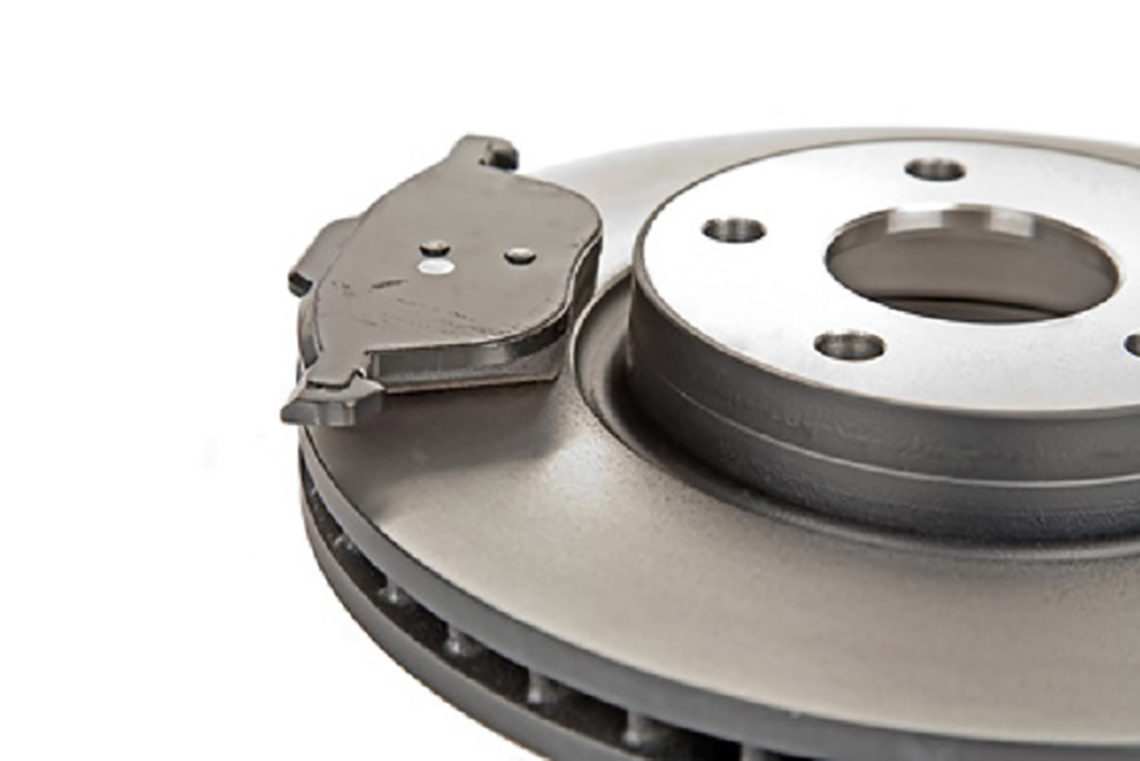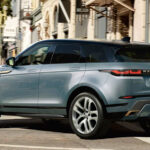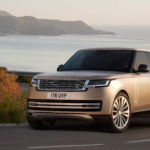With more and more electrically-powered vehicles on the road, you’ve probably heard the term regenerative braking come up. We’re highlighting what exactly it is and how it works at Land Rover Peabody.
What is Regenerative Braking?
Regenerative braking is a method that helps vehicles use the energy that is normally lost during braking. During regenerative braking, the energy that is normally expelled when you brake is instead stored as energy in your battery so it can later be reused.
What Exactly Does it Do?
Electric vehicles, plug-in hybrid electric vehicles (PHEV), and hybrid vehicles can all be powered by regenerative braking. In fact, even select gas-powered vehicles use regenerative braking too. When you have a gas-powered vehicle, you need to fill up your car with fuel.
Additionally, with electric vehicles and PHEVs, you can plug in to charge. However, they all have the option to conveniently use regenerative braking for power instead. In fact, hybrid vehicles mostly run off of regenerative braking, as well as energy created by the engine.
How Does it Work?
The motors in hybrid, PHEV, and EVs run in two directions. They go in one direction to power your vehicle and the other to recharge your battery. So, when you take your foot off of the accelerator, the motors switch directions, which transfers the energy back into your battery. When this happens, you’ll notice your vehicle starts to slow. However, instead of energy being wasted, like it normally is when you brake, this energy is being harnessed and put to use.
Want to learn more about the regenerative braking process? Looking to make the switch to an EV, hybrid, or PHEV? Visit our Land Rover dealership in Peabody, MA – we’re happy to help!






